Conceptual framework:
This unit is designed as an introductory art foundations course, where students will be encouraged to reflect on how their emotion can be expressed and explored through art. Students will study the impact of body language and what emotion body language represents. The goal of this project for students is to increase self-awareness of inner world and core-identity; to develop creative thinking; and to validate important life experience.
Introduction:
With an introduction to the relationship between art and self expression, inquiry and basic art techniques such as body gesture drawing and abstract painting, students will explore a wide range of concepts and techniques to help them represent an emotion which they have experienced.
Scope & sequence:
As a foundational art class, students will be beginning with the concept of body language, color emotion and its application in art as it relating to composition, texture, form, space, movement, line, and color scale. They will be using foil, color pencil, charcoal, crayon, tempera paint.
| Lesson 1 | Lesson 2 | Lesson 3 | Lesson 4 |
| Body talks | Gesture Drawing | Foil figure sculpture + shadow | Emotional life: Color and line in Mood |
| Lesson 5 | Lesson 6 | Lesson 7 | |
| Kinetic art: drawing + painting | Line in Emotion | Final project development |
Inquiry Questions:
- What is the purpose of art?
- Is everyone an artist?
- How does human body gesture represent emotion?
- How does line or color create mood/feeling in art?
- How does the role of expressive art play in personal growth?
- How does art as a personal reflection serve the soul?
- What is the relationship between arts and audiences?
- When is the process more important than products?
Unit Objectives
Through emotional/personal reflection and painting techniques, students will be able to create small foil figure sculptures and a painting/drawing to represent an emotion which they experienced.
- Individual and collective expression can be achieved through the
- To show awareness and understanding of the work, the artists and the qualities of abstraction.
- To reflect on the principles and elements of art and how they help to evaluate a work of art.
- To understand art as a role of communication between the artist and an audience, or between performers. Without intended communication the arts become solely self-expressive.
PLO (Prescribed learning outcomes)
- use vocabulary related to 2-D and 3-D art forms and image development
- Intentionally select and apply materials, movements, tools, and techniques by combining and arranging artistic elements, processes, and principles in art making
- Demonstrate an understanding and appreciation of personal, social, cultural, historical, and environmental contexts in relation to the arts.
- Reflect on works of art and creative processes to understand artists’ motivations and meanings
- Take creative risks to express feelings, ideas, and experiences
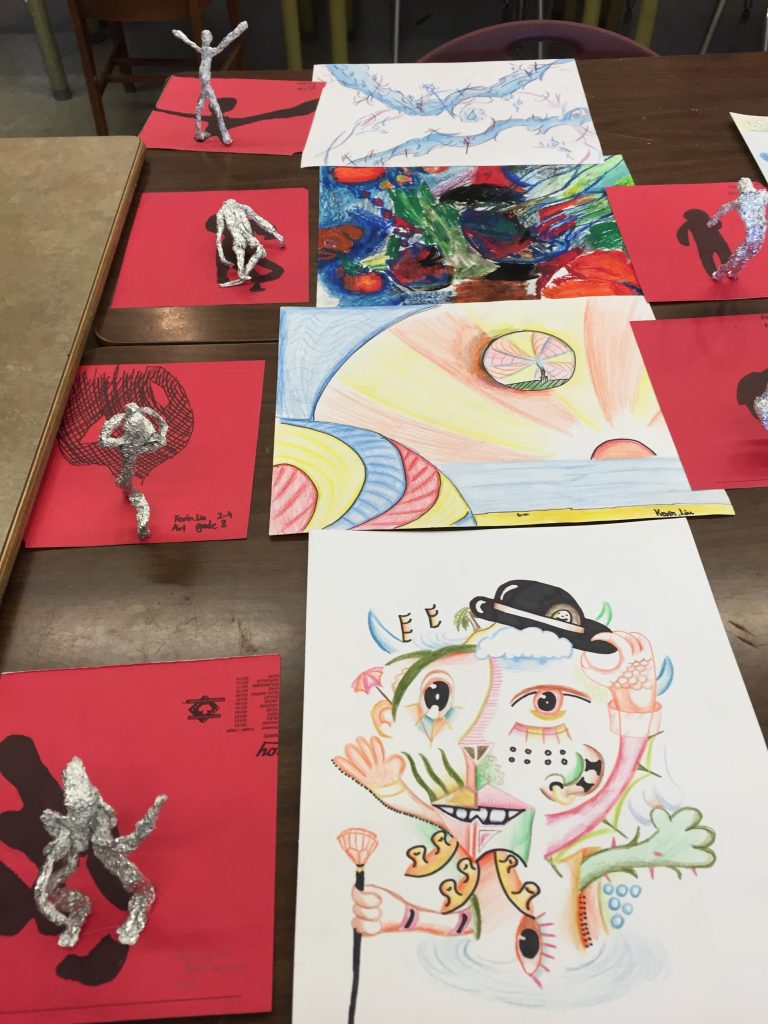
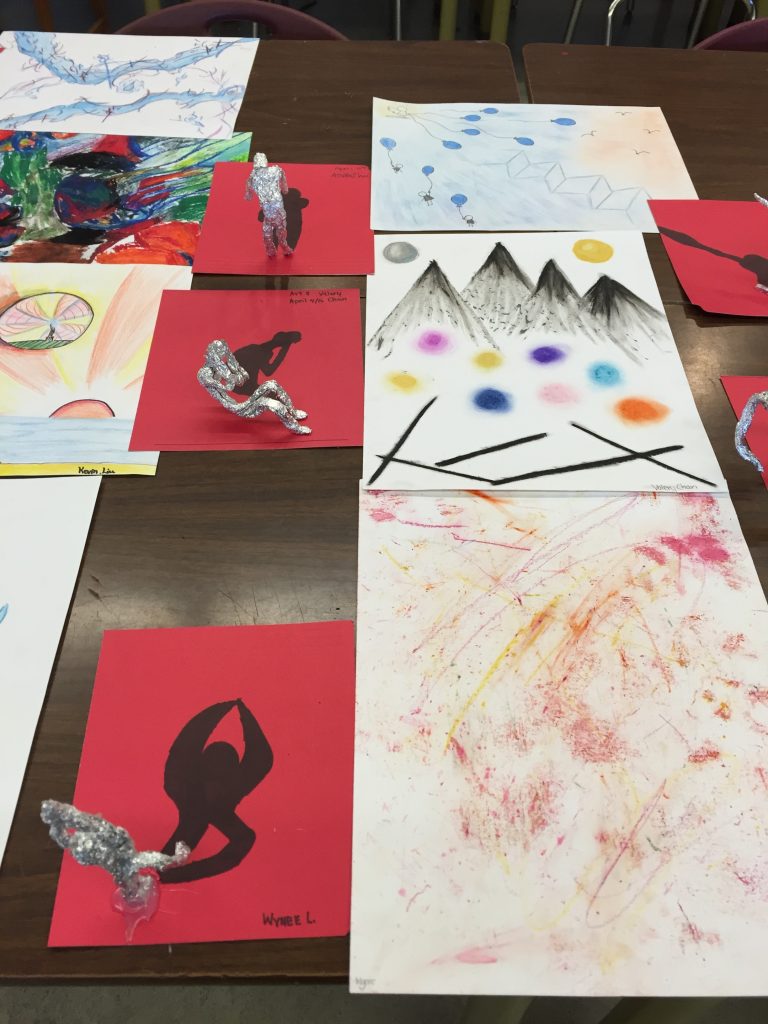
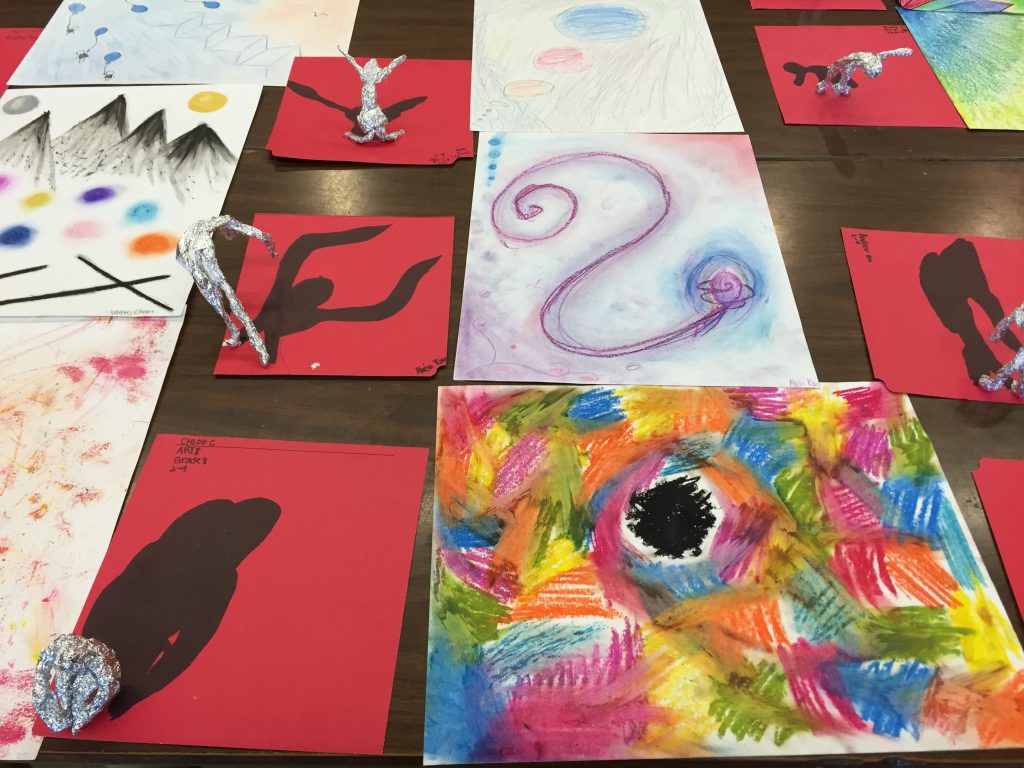
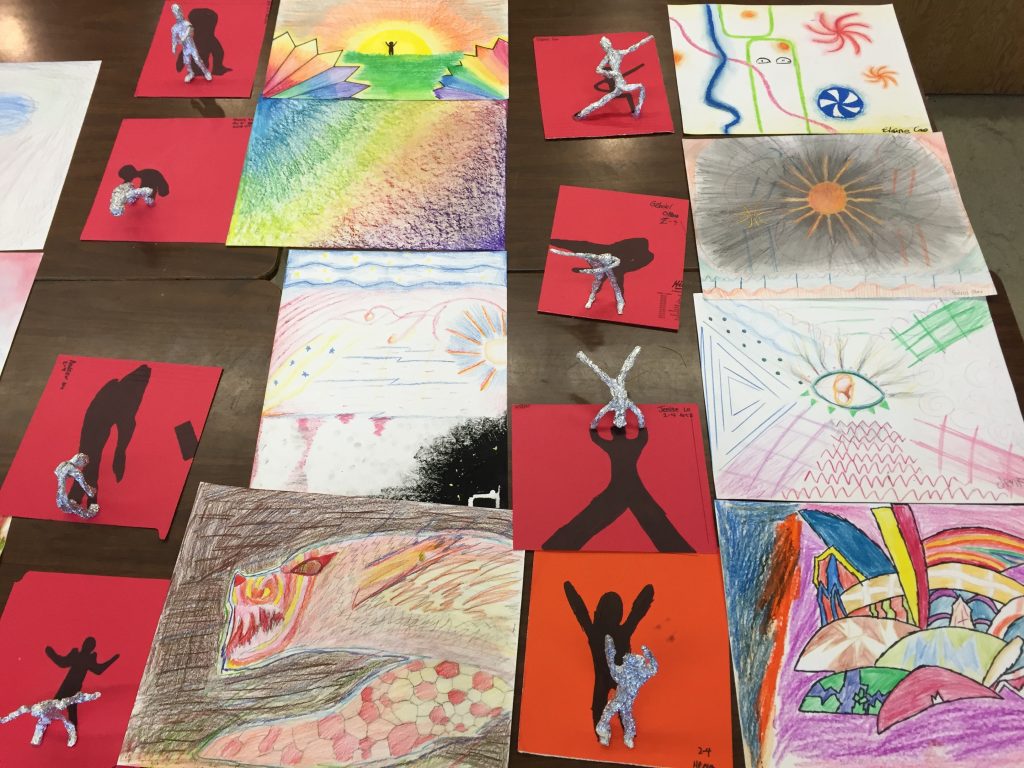
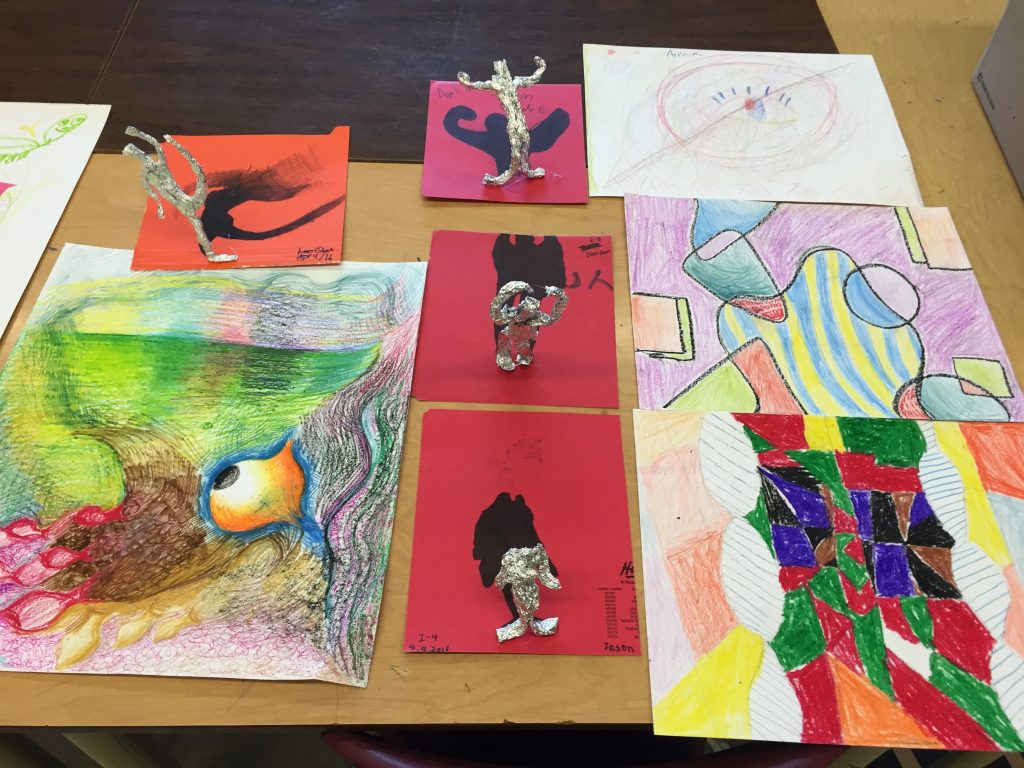
 Follow
Follow